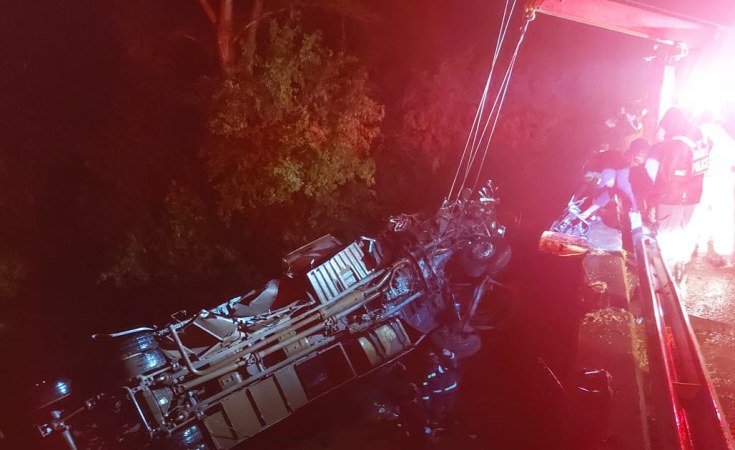Government has, in terms of the Disaster Management Act of 2002, declared a national state of disaster to enable an intensive, coordinated response to the impact of floods that are affecting Mpumalanga, the Eastern Cape, Gauteng, KwaZulu-Natal, Limpopo, the Northern Cape, and North West provinces.
The National Disaster Management Centre has, in terms of Section 23 of the Disaster Management Act, classified the impact of current, above-normal rainfall in various parts of the country - with Mpumalanga and the Eastern Cape provinces as the most affected - as a national disaster.
A national disaster may be declared by the Minister of Cooperative Governance and Traditional Affairs where disastrous events occur or threaten to occur in more than one province.
The National Disaster Management Centre has received reports ranging from flooded homes, vehicles swept away by floodwaters and overflowing dams and sewerage facilities, to the loss of basic infrastructure and damage to roads, bridges and a Limpopo hospital.
In agriculture, farmers have suffered crop and livestock losses, and anticipate further losses as the South African Weather Service (SAWS) predicts that current heavy rains will persist.
These conditions have been brought on by the La Niña global weather phenomenon which occurs in the Pacific Ocean but impacts on a country like South Africa with above-normal rainfall.
Forecasts indicate this weather pattern will remain in this state during the early part of 2023.
The presence of a La Niña event usually has its strongest impact on rainfall during the mid-summer months.
With the continued strengthening of the La Niña event, the country can expect above-normal rainfall and below-normal temperatures over the summer rainfall areas.
Taken together, these conditions demand the provision of temporary shelters, food and blankets to homeless families and individuals and the large-scale, costly rehabilitation of infrastructure.
National entities, including the South African Police Service (SAPS) and the South African National Defence Force (SANDF), may be required to play a role in the response to the disaster.
The National Disaster Management Centre (NDMC) continues to monitor, coordinate response and recovery measures by the relevant organs of state and stakeholders. This further includes the dissemination of early warnings and advisories on weather forecasts by the South African Weather Service (SAWS).
President Ramaphosa's thoughts are with affected communities across the country and the President appreciates the way in which entities of Government, non-governmental organisations and community-based structures have responded to date.


